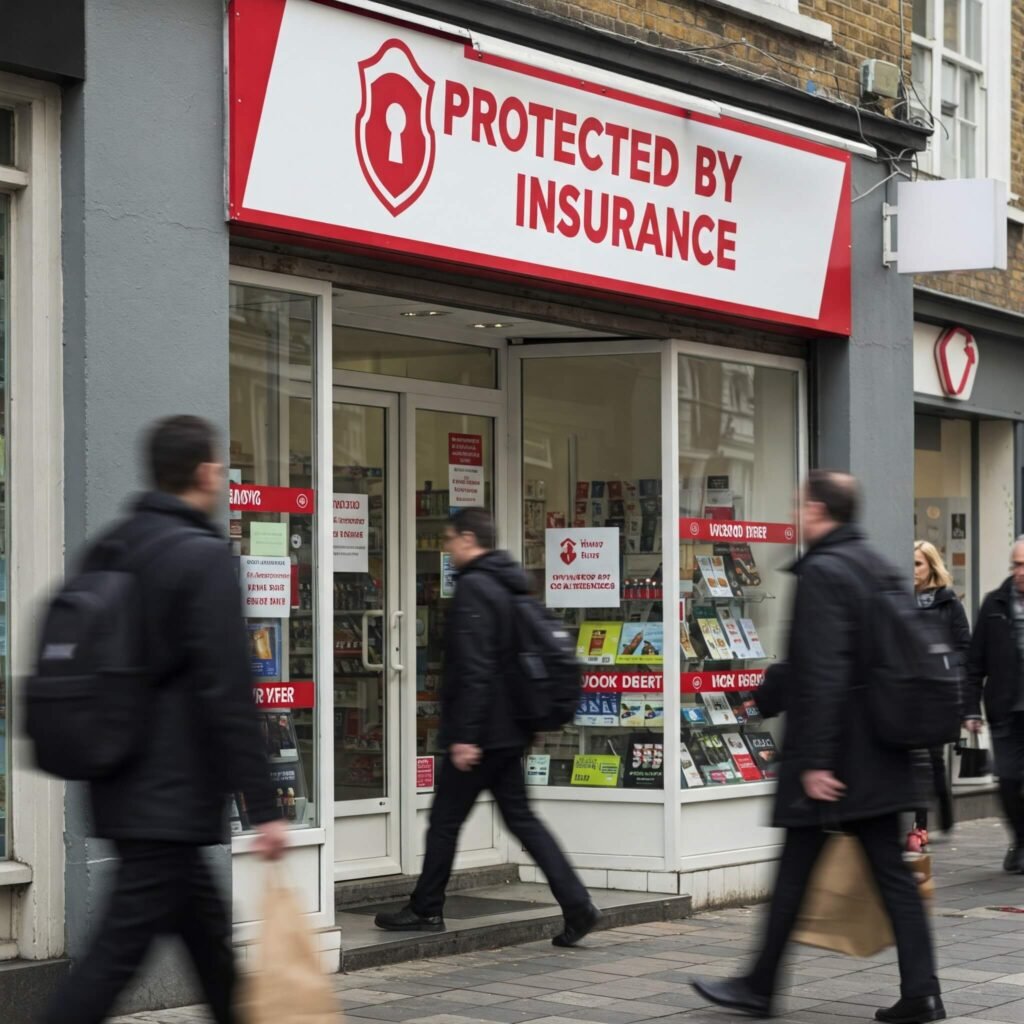Figuring out How Much Does Small Business Insurance Cost is a top priority for entrepreneurs aiming to safeguard their businesses without overspending. Small business insurance shields you from unexpected risks, but costs can fluctuate based on factors like industry, location, and coverage types. In this guide, we’ll explore the key drivers of small business insurance costs, share real-world examples, and provide actionable tips to help you budget smartly.
Why Small Business Insurance Costs Matter
Small business insurance is a lifeline for entrepreneurs, covering risks like property damage, liability claims, and employee injuries. But how much does small business insurance cost? The answer depends on your business’s unique needs. For example, a freelance graphic designer may pay less than a construction company due to differing risk levels. Knowing these costs upfront helps you plan and avoid financial surprises.
Factors That Influence Small Business Insurance Costs
Several variables determine business insurance costs. Understanding these can help you estimate your budget and find affordable options.
1. Industry and Risk Level
High-risk industries like construction or healthcare often face higher premiums due to increased liability. For instance, a roofing company might pay $5,000 annually for general liability insurance, while a consulting firm could pay as little as $500.
2. Business Size and Revenue
Larger businesses with more employees or higher revenue typically pay more. A small retail store with $100,000 in revenue might spend $1,200/year on a Business Owner’s Policy (BOP), while a larger store with $1M in revenue could pay $3,000+.
3. Location
Insurance costs vary by state due to regulations and risk factors. For example, businesses in California may pay more due to higher litigation risks compared to those in less litigious states like Texas.
4. Coverage Types and Limits
The types of insurance you choose—such as general liability, professional liability, or workers’ compensation—affect costs. Higher coverage limits or additional policies increase premiums.
Outbound Link: The Hartford’s Guide to Small Business Insurance for more on coverage types.

Average Small Business Insurance Costs by Policy Type
Here’s a breakdown of common insurance types and their average annual costs for small businesses in 2025, based on industry data:
- General Liability Insurance: $500–$2,000
Covers bodily injury, property damage, and advertising injury claims. - Business Owner’s Policy (BOP): $1,000–$3,500
Combines general liability and property insurance for cost savings. - Professional Liability Insurance: $600–$3,000
Protects against errors or negligence claims, common for consultants or accountants. - Workers’ Compensation Insurance: $800–$5,000
Required for businesses with employees; costs depend on payroll and job risks. - Cyber Insurance: $700–$2,500
Essential for businesses handling sensitive customer data.
Outbound Link: Insureon’s Small Business Insurance Cost Guide for detailed cost estimates.
Example: Jane, a bakery owner in Ohio, pays $1,800/year for a BOP covering her shop’s property and liability risks. Meanwhile, Tom, a freelance IT consultant, spends $650/year on professional liability insurance to protect against client disputes.
How to Reduce Small Business Insurance Costs
Finding affordable business insurance is possible with these actionable strategies:
- Shop Around: Compare quotes from multiple insurers like Progressive or Hiscox to find the best rates.
- Bundle Policies: Opt for a BOP to combine coverage and save up to 20%.
- Increase Deductibles: Higher deductibles can lower premiums, but ensure you can afford out-of-pocket costs.
- Implement Safety Measures: Reduce risks (e.g., employee training, cybersecurity protocols) to qualify for discounts.
- Work with an Agent: An independent broker can find tailored coverage at competitive prices.

Real-World Examples of Small Business Insurance Costs
To illustrate how much small business insurance costs, consider these scenarios:
- Coffee Shop in Seattle: Annual revenue of $250,000, 5 employees. Pays $2,200 for a BOP and $1,500 for workers’ compensation.
- Freelance Photographer in Florida: Solo operation with $50,000 revenue. Spends $450 on general liability and $600 on equipment insurance.
- Construction Firm in Texas: $1M revenue, 10 employees. Pays $6,000 for general liability and $4,500 for workers’ compensation.
These examples show how costs vary by business type, size, and location.
Outbound Link: Progressive’s Small Business Insurance Options for tailored quotes.
Key Takeaways for Budgeting Small Business Insurance Costs
To manage insurance for small businesses effectively:
- Assess your risks to choose the right coverage types.
- Get multiple quotes to ensure competitive pricing.
- Review policies annually to adjust for business growth or changes.
- Prioritize safety to lower premiums over time.
By understanding how much small business insurance costs and taking proactive steps, you can protect your business without overspending.

Conclusion: Plan Smart for Small Business Insurance Costs
Navigating how much small business insurance costs doesn’t have to be overwhelming. By understanding the factors that drive costs, comparing quotes, and implementing cost-saving strategies, you can secure affordable business insurance that fits your budget. Protect your business today and focus on growth with peace of mind.


